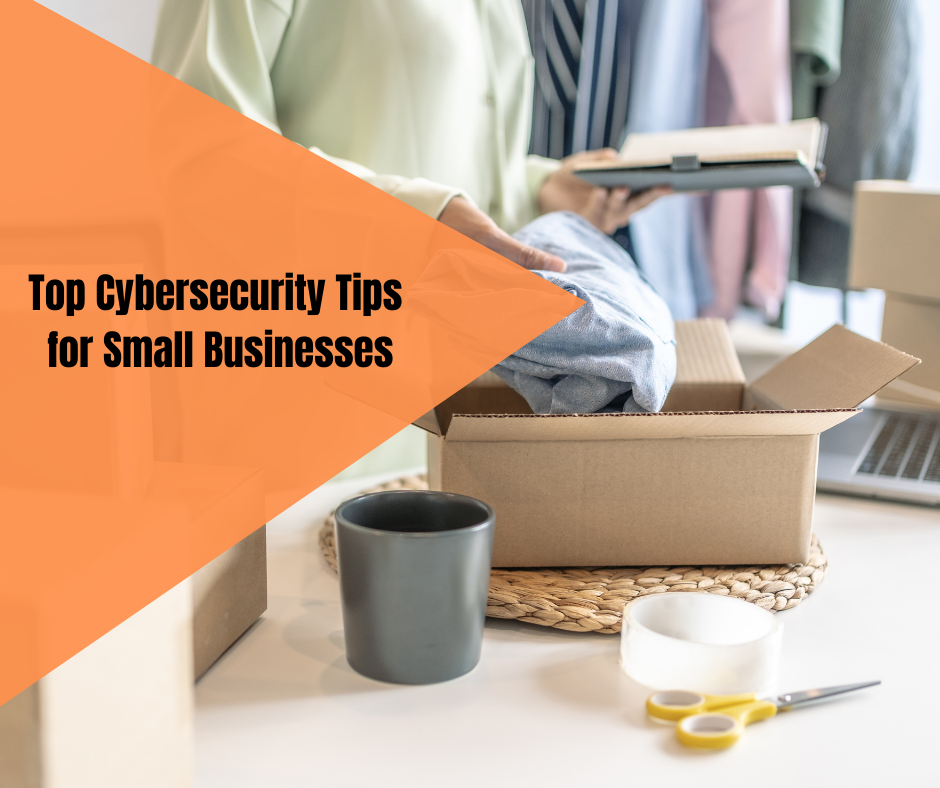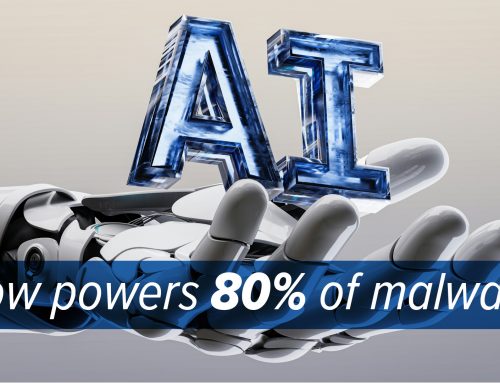Top Cybersecurity Tips for 2024
As cybersecurity continues to evolve, staying vigilant and updated on best practices is crucial for safeguarding your business and personal information. Here are the top cybersecurity tips for 2024 to help you stay secure:
- Keep Software Up-to-Date: Regularly updating your software is essential for protecting against vulnerabilities. Developers continuously release updates to address security issues, so keeping your systems current ensures you benefit from the latest protections.
- Be Cautious with Emails: Phishing attacks remain a significant threat. Avoid opening emails from unknown sources and be wary of suspicious links or attachments. Verifying the sender and content before interacting can help prevent data breaches.
- Update Hardware Regularly: Modernizing your hardware is just as important as software updates. Newer devices offer enhanced security features and performance improvements that are vital for maintaining a secure environment.
- Utilize Secure File-Sharing Solutions: Choose secure file-sharing platforms to protect sensitive data. Avoid using public or unsecured networks for transferring files to minimize the risk of interception.
- Deploy Anti-Virus and Anti-Malware Software: Install and maintain robust anti-virus and anti-malware solutions to defend against malicious attacks. These tools are crucial for detecting and removing threats before they can cause damage.
- Verify Links Before Clicking: To avoid falling victim to malicious sites, hover over links to preview their destination. This simple step helps ensure that you’re not inadvertently visiting harmful websites.
- Disable Bluetooth When Not in Use: Keeping Bluetooth off when it’s not needed reduces the risk of unauthorized access to your devices and data. It’s a simple way to enhance your security.
- Enable Two-Factor Authentication (2FA): 2FA adds an extra layer of security by requiring additional verification beyond just a password. This could include a text message code or an authentication app.
- Remove Adware: Regularly scan and remove adware from your devices. Adware can compromise security and performance, making it essential to keep your systems clean.
- Check for HTTPS on Websites: Ensure that websites you visit, especially for business transactions, use HTTPS. This indicates that the site has a secure connection and protects your data.
- Avoid Storing Sensitive Information in Non-Secure Locations: Store critical data in secure, encrypted locations to prevent unauthorized access. Even seemingly mundane information can be valuable to cybercriminals.
- Scan External Storage Devices: Before connecting external storage devices to your systems, scan them for viruses to prevent potential malware infections.
- Avoid Public Networks: Public Wi-Fi networks are often insecure. Use a VPN or avoid public networks altogether when handling sensitive information.
- Be Proactive About Security: Don’t assume that you are secure just because you have basic protections in place. Continuously evaluate and enhance your cybersecurity measures.
- Invest in Security Upgrades: Regularly assess and invest in security upgrades to keep pace with evolving threats. This includes hardware, software, and training investments.
- Back Up Important Data: Implement a comprehensive backup strategy to ensure you can recover data in the event of a cyber attack or disaster. Regular backups are vital for minimizing data loss.
- Train Employees: Ongoing cybersecurity training for employees is crucial. Ensure your team is aware of potential threats and best practices to maintain a secure environment.
- Use HTTPS on Your Website: For website owners, using HTTPS ensures that user data is encrypted and secure, enhancing trust and protecting against cyber threats.
- Engage with Managed Service Providers: Consider partnering with managed service providers like Slick Cyber Systems for expert assistance in identifying and resolving cybersecurity issues.
By following these updated tips, you can better protect your digital assets and maintain a secure and resilient online presence.
4o mini





